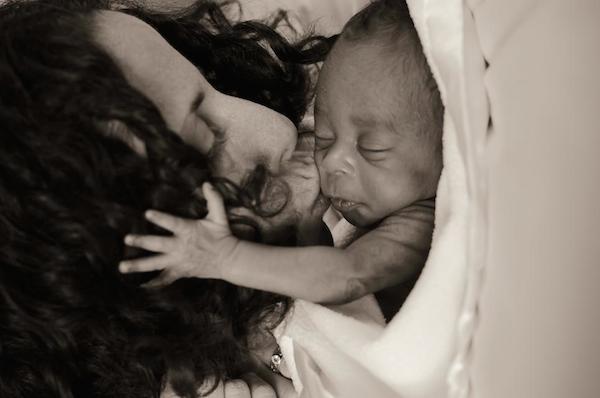Some people want to find the nearest fresh fruit and veggie stand. Other people seek out good, fast take-out Chinese. When my family showed up in New York City—a white woman, an African American man, and two biracial children—we went shul shopping.
I was looking for diversity, though fully aware that most American Jews are white. Most of us are, like me, Ashkenazi, immigrants from Eastern and Central Europe. Yet according to Be’chol Lashon’s numbers, about 20% of Jews in America are non-White or non-Ashkenazi. Less than ten percent of American People of the Book are non-white (which is actually more than I’d thought before I looked it up). Some are historically Jewish, other joined the Jewish people from international adoptions, and there is a small but growing group of biracial marriages and mixed-race children.
So I tried to temper my expectations. After all, this may have been NYC, but it was still the USA. And, in fact, we saw diversity in terms of congregation size, clothing fashion, and number of women wrapped in talitot, but we were pretty much looking at white faces.
We decided, instead, to seek out a friendly environment and were busy on Friday nights, checking out services at Reform and Conservative synagogues.
We had thought Reform was our best bet, but it was actually a Conservative synagogue where the rabbi hopped down off the bimah while the cantor was leading a prayer, to say hello. He was very friendly and very genuine and made us feel right at home, if a little singled out. We introduced each other and he promised to chat during the oneg, which we did.

photo courtesy of Town & Village Synagogue
OK, this was a place where we might integrate the congregation but at least we felt welcomed. There was a smattering of diversity; I was sure I saw an Asian face.
When we signed up for Hebrew School, though, it turned out that we had hit the jackpot. Maya would be in the third grade class with a bunch of boys, which was her preference at that stage. But, somehow, Ari entered a preschool Hebrew class with four other children: one with two black parents, one from a single-mother-by-choice family, and another with an Asian mother. And one plain old double-Caucasian girl.
The older generations at the synagogue were all white, but Ari’s class gave us hope that the future would be more colorful and that our children wouldn’t be alone in ushering in that changing demographic. Maybe when they go shul shopping they won’t need to look so hard.







